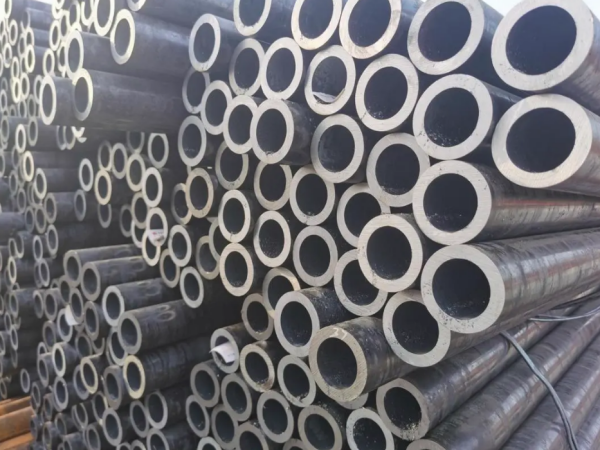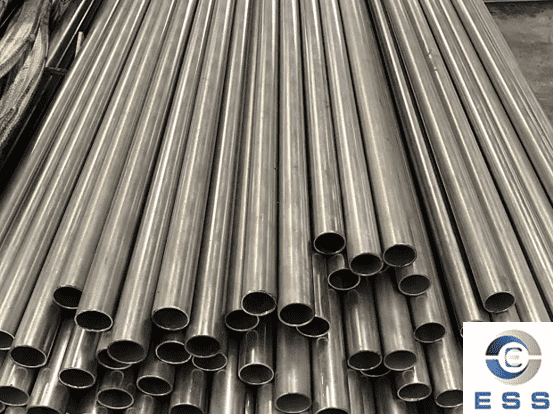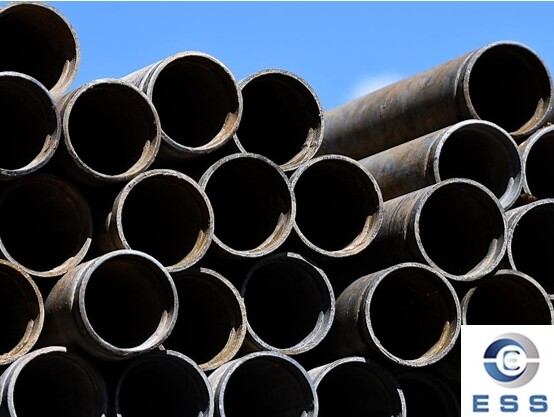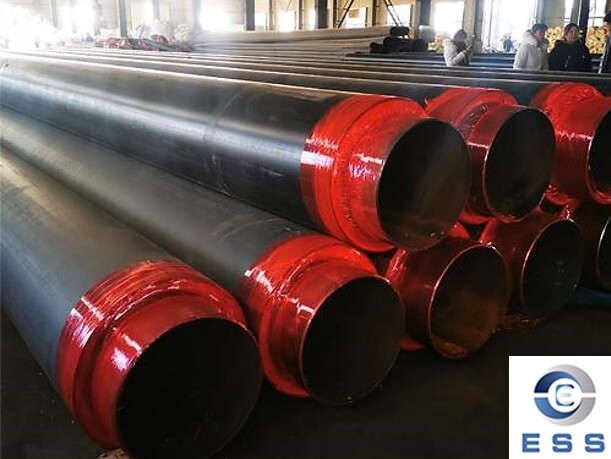Mild steel tubes are a versatile and cost-effective form of tubing used in many different industries. They are used in construction, automotive, plumbing, and a variety of other applications. When it comes to selecting the right mild steel tube, there are a few important factors to consider. This article will provide an overview of those factors and offer some practical tips on choosing the right tube for any project or application.
When it comes to mild steel tubes, there are two primary types available — seamless and welded. Seamless steel tubes are typically made by hot rolling or extrusion processes and result in a strong, consistent product. Welded steel tubes are constructed from sections of steel that have been rolled into a tube shape and fused together at their edges. The primary benefit of welded steel tubes is that they are more economical than seamless tubes.

Mild steel tubes come in a wide variety of sizes to suit any application. Before selecting a tube, it is important to consider the size and length needed for the application. Too small a tube may not provide enough structural strength for the application, while too large of a tube may add unnecessary material costs. Additionally, the length of the tube must be considered in order to ensure that it will fit within the space or structure as required.
2.Wall Thickness of Mild Steel Tube
The wall thickness of a mild steel tube is an important factor to consider. Wall thicknesses vary depending on the type of application, as thinner walls are generally preferable when dealing with bending or other forms of manipulation. On the other hand, thicker walls offer greater strength and durability.
3.Surface Finish of Mild Steel Tube
When selecting a mild steel tube, it is important to consider the surface finish of the material. Different finish options can provide a variety of benefits such as corrosion protection, improved machinability, and enhanced appearance. Popular finish options include galvanizing, galvannealing, pickling, and painting.
4.Price of Mild Steel Tube
Price should also be taken into account when selecting a mild steel tube. Mild steel is a cost-effective material, but it is still important to consider the cost of the particular specification based on size, length, wall thickness, and surface finish.
5.Grades of Mild Steel Tube
Mild steel tubes come in a range of grades, each designed for a specific application. Common grades include A53, A106, and A179. A53 is a general purpose grade that is often used in structural applications, while A106 is a higher strength grade with higher carbon content that is frequently used in high temperature applications. A179 is a low carbon grade that is often used in cold temperatures.
6.Strength Requirements
Mild steel tubing comes in a range of tensile strengths and yield strengths. The tensile strength indicates the maximum stress that the tube can withstand before it breaks and the yield strength indicates the maximum stress that the tube can sustain before it permanently deformes. Be sure to select a tubing material with the appropriate strength for the intended application.
7.Corrosion Resistance
Many metals are susceptible to corrosion, but some mild steel tubing alloys are less vulnerable than others. If the tubing will be exposed to moisture or other elements, be sure to select a material with good corrosion resistance.
Mild steel tubing is a versatile material that can be used in a variety of applications. It is important to select the right type and grade of tubing to ensure that your project is successful. To do this, you should consider factors such as strength requirements, corrosion resistance, weight, wall thickness, and price. Ultimately, the right choice of mild steel tube depends on the intended use and budget.Selecting the right mild steel tube for a particular project or application requires careful consideration of several important factors. These include the types of tubes available, the size and length needed, wall thickness, surface finish, and cost. By understanding the importance of each factor, it will be easier to choose the most suitable mild steel tube for the application.
Read more: MS Pipe Chemical Composition or Difference between mild steel pipe and carbon steel pipe













 Eastern Steel Manufacturing Co.,Ltd not only improve product production and sales services, but also provide additional value-added services. As long as you need, we can complete your specific needs together.
Eastern Steel Manufacturing Co.,Ltd not only improve product production and sales services, but also provide additional value-added services. As long as you need, we can complete your specific needs together.










